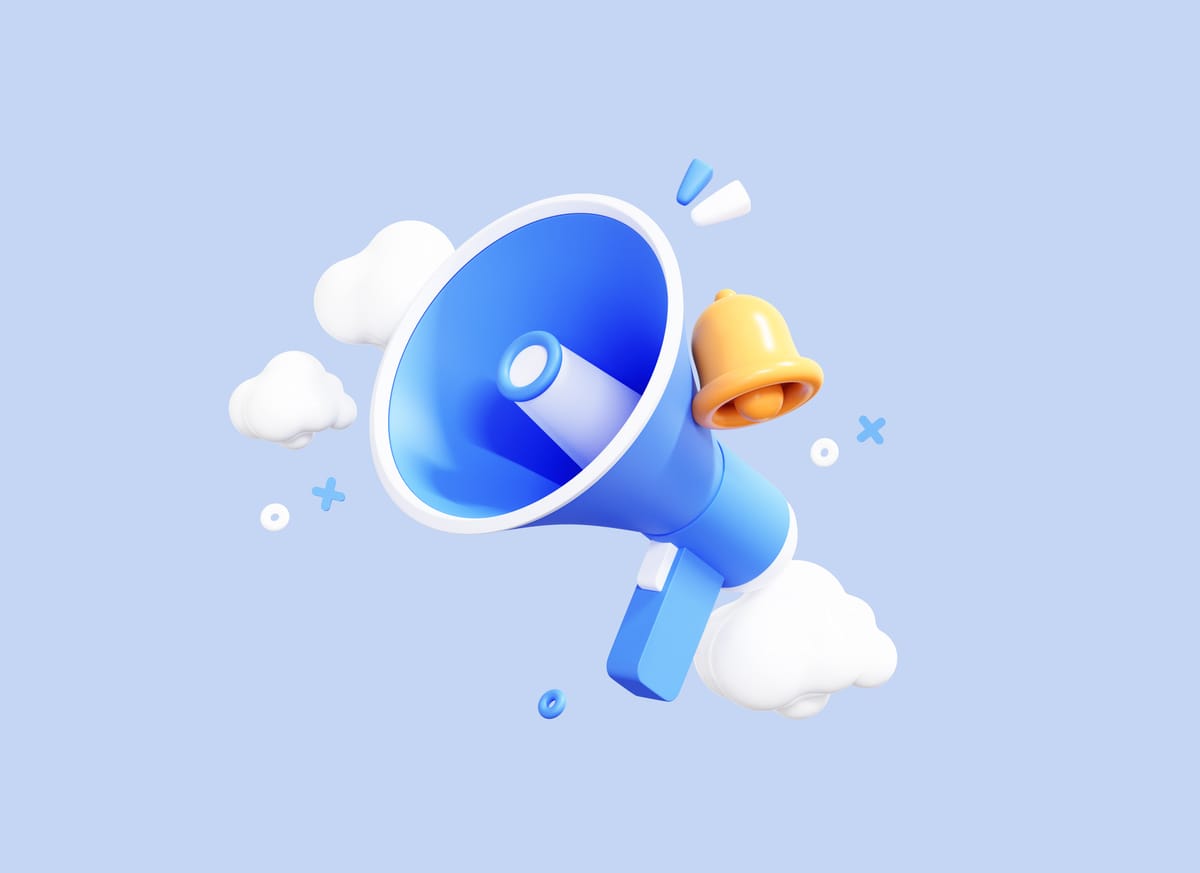If you’ve been in the digital marketing game for any amount of time, you’ll have come across the term “bounce rate”. But what is a bounce rate, and why is everyone so obsessed with it? Well, they have good reason to be. Your bounce rate is the percentage of people visiting one of your SaaS website’s landing pages and leaving without taking further action.
A high bounce rate is not a good sign. It means your landing page isn’t engaging enough to convert a large portion of your audience, has errors, or isn’t user-friendly. That’s why it’s so important to reduce your bounce rate because a low bounce rate means people stay on your website for longer and are more likely to convert. But what’s considered a good bounce rate?
Semrush reckons a good bounce rate is anywhere between 26%-40%, but the average bounce rate actually falls between 41%-55%, so don’t worry if this is where you’re at! If your bounce rate is on the high side, or you’d like to get out of the average category and into a better, higher-converting place, then this is the guide for you.
How to reduce your bounce rate and win over more customers
While there are many techniques you can try to lower your bounce rate, asking yourself the following questions about your landing page is a great starting point for any bounce rate improving exercise:
- How relevant is it?
- Does it look good?
- Does it work on all devices?
- Is it easy to understand?
- Is it user-friendly?
- Does it load up fast?
If you answered in the negative to any of the above questions, then you know what you need to work on the most! Now without further ado, here are some of the most effective ways to lower your landing page’s bounce rate.
-
Set bounce rate goals
If you’re not constantly checking in to see your baseline bounce rates across each landing page and your entire website, you’ll never know what’s working and what’s not to lower your bounce rates. Once you know your starting point, perform regular A/B testing to reduce bounce rates and measure your success.
-
Enhance readability
One of the most common reasons users bounce off landing pages is poorly written or designed content. Landing pages aren’t the place to drone on about technical information nobody really cares about. People like shorter content they can quickly “skim”. So use bullet points, break up long pieces of text with images, and don’t go overboard with the details!
-
Write hyper-focused content
The more targeted, compelling, and relevant your landing page is to your audience, the higher the chance they’ll be interested and want to learn more. So, after performing thorough keyword research to understand what your target audience is searching for, work on delivering the best information you can to answer their query.
-
Optimise for all devices
Have you ever visited a website on your mobile phone where some buttons don’t work, images look out of proportion, and the text is so large you can barely read it? That’s because some companies still don’t understand the importance of optimising for mobile! 50% of all website traffic comes from mobile users, so always design with this statistic in mind.
-
Create compelling CTAs
You’d be surprised by the sheer volume of landing pages we’ve seen over the years with no calls to action or so many that it just confuses the user. Keep your CTAs simple and targeted. Try to stick to one call to action per landing page and play around with placement, button colour, and CTA copy in your A/B tests until you see a nice improvement in your bounce rates.
-
Add better visual elements
We don’t know anyone who enjoys reading a super long block of text on a boring landing page with barely any visuals. Try adding more videos and images to your landing page if it’s looking a bit “meh” to increase engagement and make your key messages more impactful. Now, don’t add a ton of visuals for the sake of it – only include more if it looks good and has a purpose.
-
Add a popup before they leave
Popups can work wonders for bounce rates, but only when you use them sparingly and strategically. Always give your user enough time to skim your page (60 seconds to 2 minutes). Then, test hitting them with a popup that invites them to take action, whether it’s subscribing to your newsletter, downloading a free guide, or booking a free audit.
Ready to see those bounce rates fall?
Time to get started on your strategy to lower those bounce rates and get target audiences engaging, clicking, and converting. Lowering bounce rates will not only lead to higher ROI from marketing campaigns, more overall sales, and more engagement; it’s also a Google ranking factor, so reducing bounces will help with your online visibility too!
Don’t have time to mess around with A/B testing and web design? We’ve got you. With rolling monthly price plans starting from just £3,000 per month, we become your dedicated SaaS marketing and web design partner, taking your online presence to sky-high success.
Get in touch with us today to get started.

Free SaaS marketing strategies & campaign ideas in your inbox every Thursday
Receive actionable SaaS marketing ideas to implement in your business









